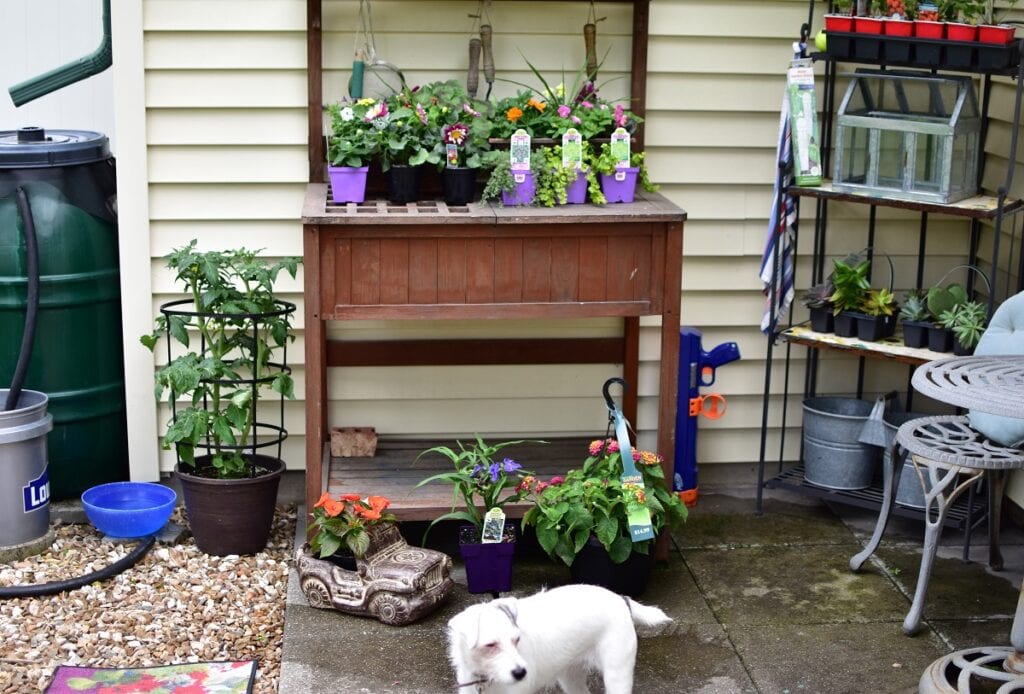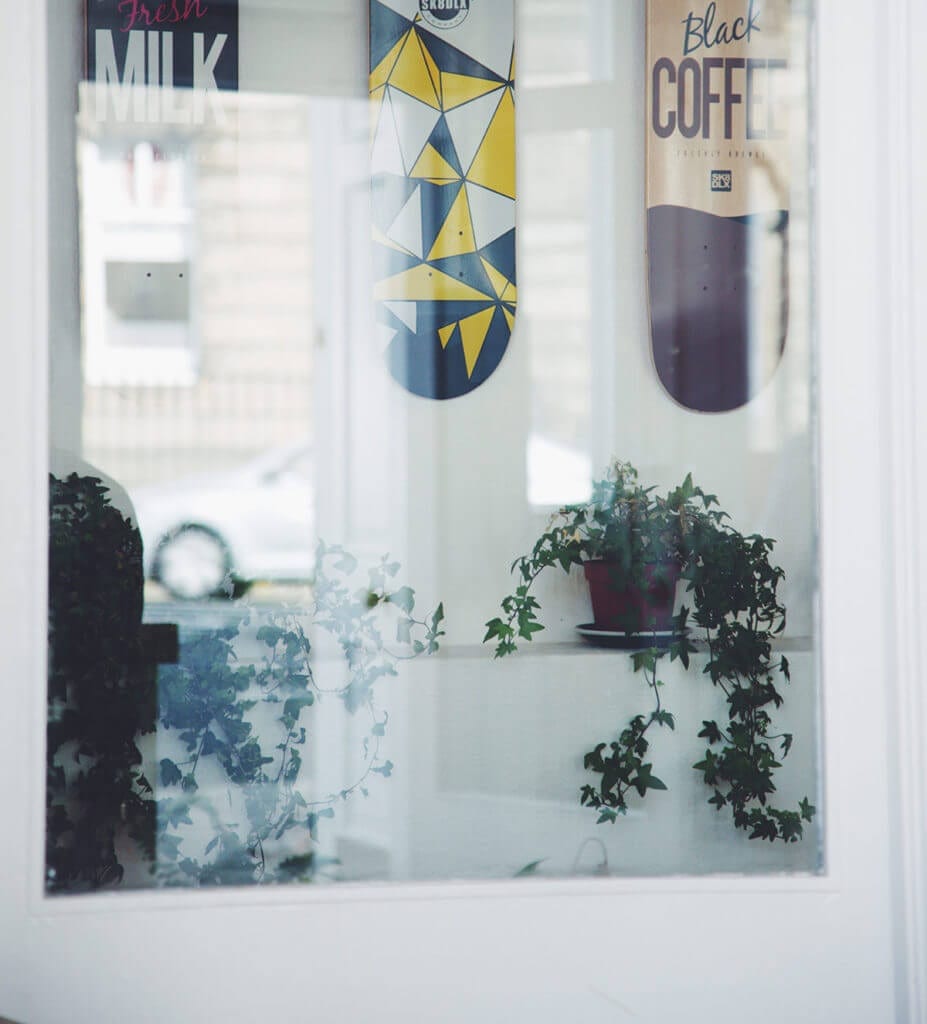Spring Is the Time to Start Your
Garden…
and begin the magical journey. Garden beds full of beautiful flowers and veggies! For all the frustration experienced in February, gardeners can take solace in the fact that the first signs that spring is on the way.
A little history:
I’ve spent many years contemplating how and why my mother loved to garden the way she did. I mean 3-acre gardens full of tomatoes, peppers, and all kinds of greens. I never took much interest, unless she needed help tending or harvesting. It was not unusual for her to win the Best-in-Class Tomato Challenge at the county fair each year. Little did I know how much truly rubbed off.
It’s now so easy to plant, tend and harvest my gardens. But it has not always been that way. Once I graduated college, I ventured into the “window container garden” phase. Once my husband and I bought our first house with a large lot, that all changed. It seemed like those gardening lessons from mom all started coming back to me. Somewhere, they were stowed away in the back of my memory. Thank goodness…
Study these regional tips for gardening in February but do take any tip with a grain of salt, considering how unpredictable the weather is likely to be.** I took this glorious list straight from The Spruce. They have wonderful checklists for each month so there is no need to waste a lot of time for no reason!

SPRING is the time to start your garden goals!
“All Regions
- If you have been storing bulbs, corms, or tubers, continue to check them to make sure that they are neither rotting nor totally drying out.
Mid-Atlantic
You can do a mix of gardening outdoors and planning indoors if you garden in the Mid-Atlantic in February. Some years, a hint of spring will already be in the air.
- Start seeds of cool-season vegetables and of annual flowers.
- Watch for frost heaves. “Frost heave” refers to the uplift of water-saturated soil or other surface deposits due to expansion on freezing. The importance of the phenomenon to gardeners lies in the fact that plant crowns can be pushed above ground by frost heaves. This leaves them more exposed to the cold than they would otherwise be, making them potentially vulnerable. If you detect frost heaves around your plants, apply mulch to protect the plant crowns.
- Take advantage of those rare sunny days and get back outside and prune trees and shrubs, which are still dormant.
- Perform rejuvenation pruning on hollies if needed.
- Check evergreens for signs of desiccation; water them during thaws.
- Force pussy willows and/or Forsythia indoors.
Midwest

February is a frigid month in the Midwest. Even so, I know that February is the time to start your garden goals. The perfect time!
Maintenance and inspection are still your primary chores, but you may be able to get some pruning out of the way this month.
- You should at least start thinking about pruning trees and shrubs before they start coming out of dormancy, although you have all next month to get to this if you do not get to it now.
- Replace mulch around any plant crowns that have been exposed by frost heaves.
- Force pussy willows and/or Forsythia indoors, although you have all of March to get to this if you forget in February.
Northeast
A warmer-than-usual February is not unheard of in the Northeast, allowing you a bit of time for yard work. But do not count on it, as February is more likely to be brutal. Other than pruning, your work will continue to be done indoors, in the form of research and reflection to aid in improving upon last year’s garden.
- You should at least start thinking about pruning trees and shrubs before they start coming out of dormancy, although you have all next month to get to this if you do not get to it now.
- Replace mulch around any plant crowns that have been exposed by frost heaves.
- Continue to inspect trees and shrubs for bark damage. If you find any, you have a problem with voles, rabbits, or deer and need to act.
- Force pussy willows and/or Forsythia indoors, although you have all of March to get to this if you forget in February.

Pacific Northwest
There is a hint of spring in the air by now. Put on a good pair of garden gloves and a pair of waterproof boots and get to work outside.
- Start spring cleaning on annual flower beds and vegetable beds.
- Continue planting cool-season vegetables such as broccoli, cabbage, kale, lettuce, and onions.
- Harvest cool-season vegetables you have been growing before they bolt.
- Put pansies and Iceland poppies in the ground.
- Start the seeds of warm-season annual flowers and vegetables indoors.
- Plant bare-root roses and fruit trees.
- Finish pruning rose bushes and fruit trees.
- Use a dormant spray on rose bushes, fruit trees, and shrubs.
- Transfer the tubers and corms that you have been storing into pots.
- Start dividing perennials.
The form you have selected does not exist.
Pacific Coast
You start turning the corner from winter to spring in Northern California, so February is the time to start your garden goals.
The evidence is all around you, but most of all in the form of the emergence of the sword-like leaves of spring-blooming bulbs. You still can’t count on mild weather, though, and just how spring-like it is will vary from one part of your region to another. In Southern California, the growing season is well underway.
In Northern California:
- Have row covers ready to protect tender plants on cold nights.
- Check your plants for snails: They love the moist, cool conditions afforded them by February.
- Plant bare-root asparagus and rhubarb.
- Sow the seeds of cool-season vegetables and cool-season annual flowers outdoors.
- Fertilize your fruit trees.
- Cut back the stalks of ornamental grasses to within a few inches of the ground to make room for new growth.
In Southern California:
- Finish pruning your rose bushes.
- Cut back the stalks of ornamental grasses to within a few inches of the ground to make room for new growth if you have not already done so.
Southwest
In the high desert, there will be periods with uncertain weather, so do not get into total spring mode just yet. But, in the low desert, you are glad to still have some cooler weather to play with.
- Trim off any frost damage suffered by your cacti over the winter.
- Fertilize your fruit trees.
- Check your fruit trees for aphids and spray with Neem oil if you find any.
- Plant perennials and ornamental grasses, but have those row covers ready so that you are not surprised by cold snaps.
Southeast
The weather is now conducive to some plant growth in the Southeast. But that does not mean gardeners in the Southeast can totally let their guards down. There can still be some cold weather and some snow in the northern parts of the region. Much of your attention should be directed at pruning and at caring for fruit trees and roses.
- Shelter tender plants with row cover when temperatures take a dip.
- Sow seeds for cool-season vegetables such as lettuce.
- Unlike in colder regions, February is your deadline to prune shrubs that bloom on new growth: Soon, they will no longer be dormant.
- Spray dormant oil on roses and apple trees as a precaution against pests and fungal diseases before the weather truly heats up and they put on significant growth.”
Thank you for reading.
Want more garden advice and tips to get you started? Visit the Gardening section of the blog!
Up next on the blog…March must-dos for home decluttering and gardening/yardwork prep!
Like more resources? Click here or scan this QR code!




